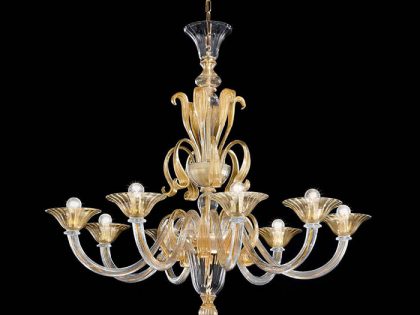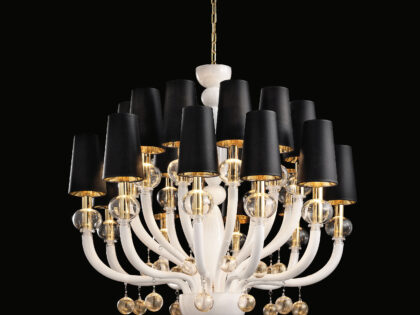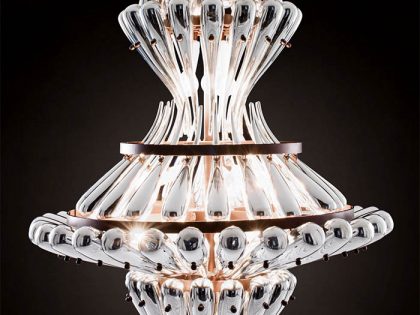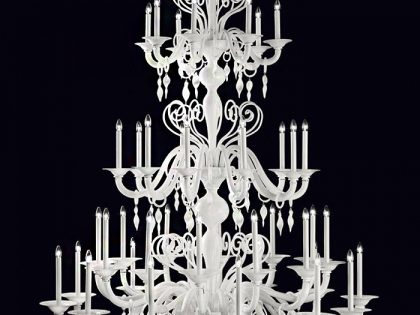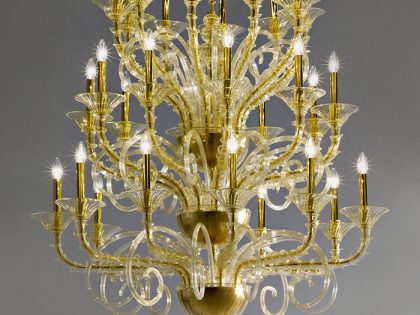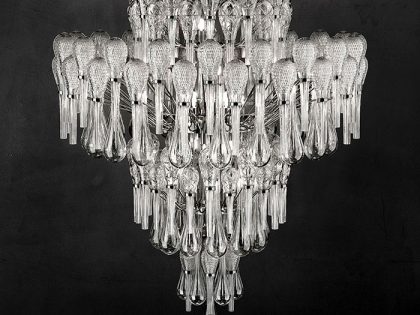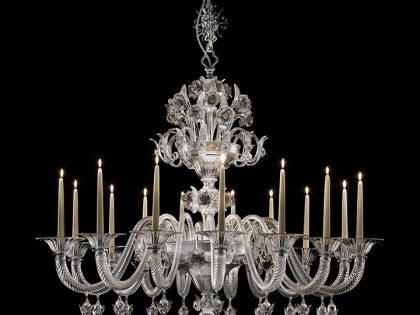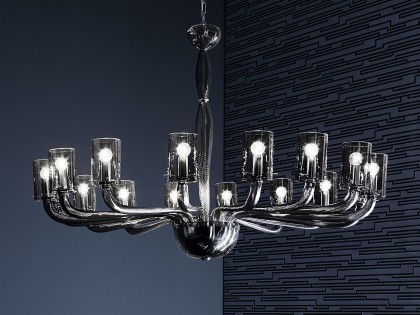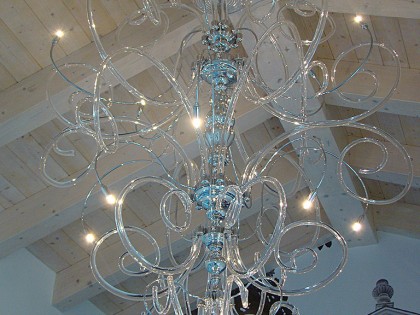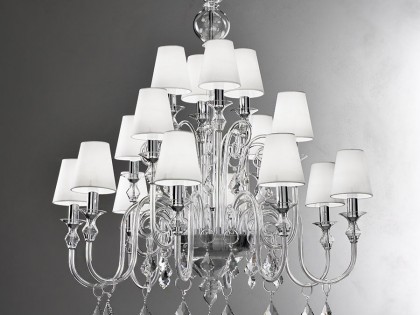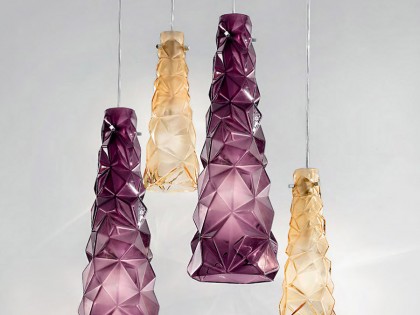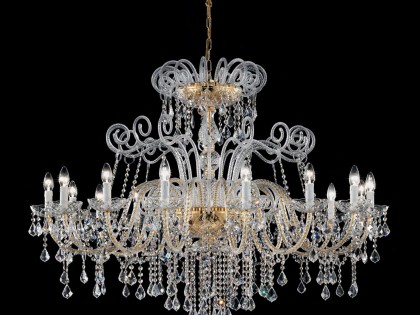Murano Chandeliers Glass Making
Murano chandeliers history goes nine centuries back. If you’re not familiar with Murano island, it is a series of islands that are linked together by arching bridges in the Venetian Lagoon, about the mile north of the Italian city of Venice. This makes it rather ironic that they are world-renowned for their Chandeliers, which are typically known as ornate lights, also linked together by a series of arching glass crystal beads. To fully appreciate the history of Murano chandeliers, it is first important to know more about both Murano and its long and rich history in the art of glassmaking. Murano has been famous for its glassmaking techniques since the 12th century, at which time The Venetian Republic essentially outlawed glassmaking foundries to operate in Venice. The reason for this happening is still not clear; some historians say this is because Venetians feared that the risk of fire in a city of predominantly wooden structures was too high, especially with an ever-growing amount of foundries setting up. Other historians suggest that it was in fact due to a fear of foreigners stealing the Venetian glassmaking secrets that led to the Venetian Republic ordering glassmakers to shift their foundries to Murano. Either way, that was how Murano became such a Mecca for the art of glassmaking.
Medieval Murano Chandeliers
The first known chandeliers of any kind, which were basically a wooden cross with spikes at the ends where candles would be mounted, date back to around the 14th century. The word chandelier originates from the French word “Chandelle” and literally translates to mean “Candle Holder”.
In Medieval times chandeliers were typically used to light larger spaces such as churches and abbeys, however, they were adopted by the rich and wealthy due to their high price and elegance, which meant that they became a symbol of associated with your wealth and nobility.
It wasn’t until the 18th century that glass chandeliers came to be. It was at this time that both Venetian and Bohemian glassmakers, who were already well adept with their glassmaking techniques started to produce the elaborate and more ornate style glass chandeliers that we would be more familiar with today. However, the Bohemian and Venetian styles of chandelier did differ. Whilst the Bohemian style of chandeliers used faceted glass, the Murano glass was not suitable to facet to create that crystal refraction style lighting effect that is typically associated with chandeliers. The Murano style chandelier used what was known as “soda glass”. This was a glass that was unique to Murano and world-renowned for its incredible lightness.
What the Murano soda glass was also great for was coloring. This led to what is known as the flower style chandeliers that were coming out of Murano, otherwise known “Ciocca” which literally translates to mean “Bouquet of Flowers”. This type of chandelier was the style of chandelier that, rather than a series of refracting crystals, was actually made up of ornate floral lighting sculptures.
Modern Murano Chandeliers
Later styles of the Murano chandelier would feature intricate leave designs as well as fruit and other floral sculptures. Of course, the ability to color the glass made the Murano style chandeliers all the more desirable and have, over time, become a lot more elegant. As you could imagine, it took an incredible amount of labor and craftsmanship to design twisting, elaborate Murano chandeliers made from glass. This is why they were traditionally reserved for the rich and wealthy and, to some extent, have remained a status symbol even to this day. As time went on chandeliers got bigger and more elaborate and creative.
In the 18th-century gas, lighting was commonplace and thus the “Gasolier” came to be. It was not until around 1890s, with the invention of electricity that the first fully electric chandeliers came into production. Originally known as “electroliers” they are now commonly known just as chandeliers since electricity became more commonplace. Throughout the 19th century, Murano chandeliers were becoming more complex with the availability of new materials and tools. This meant the glassmakers of Murano were able to hone and expand their already world-renowned glassmaking techniques that have been handed down generation to generation. Today there are still amazing chandeliers being handmade in Murano, and it is even not unheard of for chandeliers these days to feature no lighting in them at all, but rather to just be centerpieces of a large room or staircase. Sometimes you will also see light fittings in chandeliers that are shaped to replicate candles or emit light similar to that of a flickering candle.

